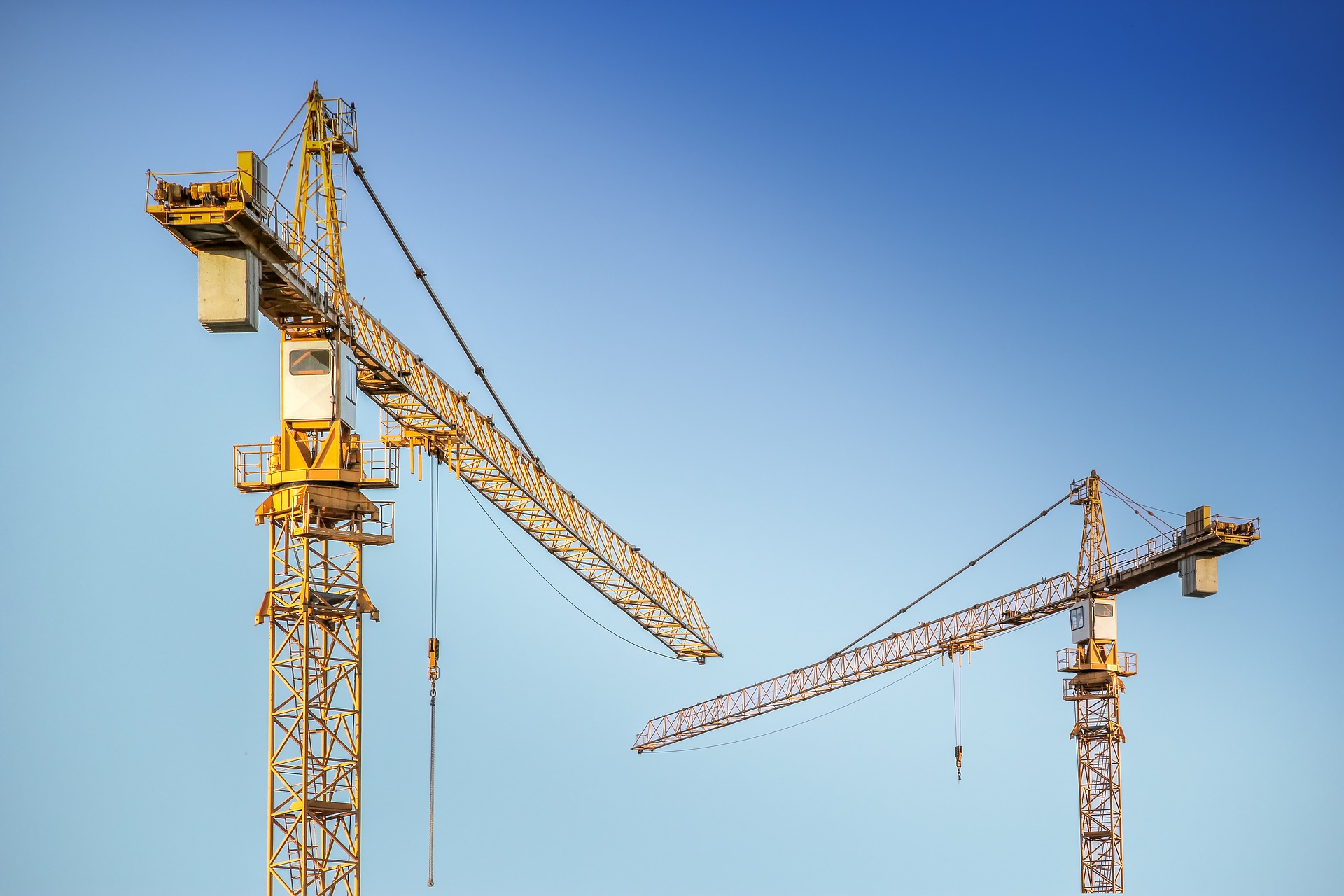
The Bangkok crane fall that highlights importance of crane mats
An incident that left ten schoolgirls injured in Bangkok provides a stark reminder of the importance of crane mats and outrigger pads to create a stable lifting platform for cranes and other lifting vehicles.
In mid-June, a tower crane used in the construction of a 20-storey hotel in the Thai capital fell on to an adjacent building, the Assumption Convent School, leaving ten of its female pupils injured.
The incident was not the first problem to occur at the construction site, which had previously been the subject of complaints after contractors working there dropped debris on numerous occasions on to the school grounds.
On April 1st, a suspension order was issued, calling for an immediate halt to all construction work on the River Garden Hotel site.
But the contractors ignored this, paving the way for the collapse of the tower crane some 8-10 weeks later.
Any failure of equipment is regrettable but when innocent young people are injured in a preventable incident, this is even worse – so how can crane mats help?
Creating lifting platforms with crane mats
Some reports describe how the crane ‘toppled’ before raining debris on the school, much of it crashing through the roof of the gymnasium during a PE lesson.
It is essential during any lifting activity to ensure that the crane is stable, including taking into account the shift in its centre of gravity caused by the additional weight of the load it is trying to lift.
This can cause a significant movement in terms of where the pressure of the crane is exerted on the ground.
Crane mats interlock to create a consistent lifting platform, helping to spread this pressure over a larger area and dissipate those highest downward forces.
On unstable ground or where there is a possibility of hidden cavities, underground storage tanks and utility conduits, this helps to reduce the risk of breaking through and toppling the crane.
Meanwhile outrigger pads effectively increase the base area of the crane or lifting vehicle, making it less likely that the centre of gravity will move fully beyond the base and create the necessary instability for the crane to topple.
Together these measures can help to improve stability of the crane structure and of the ground on which it stands – reducing the risk of an avoidable incident like the one above occurring at all.

